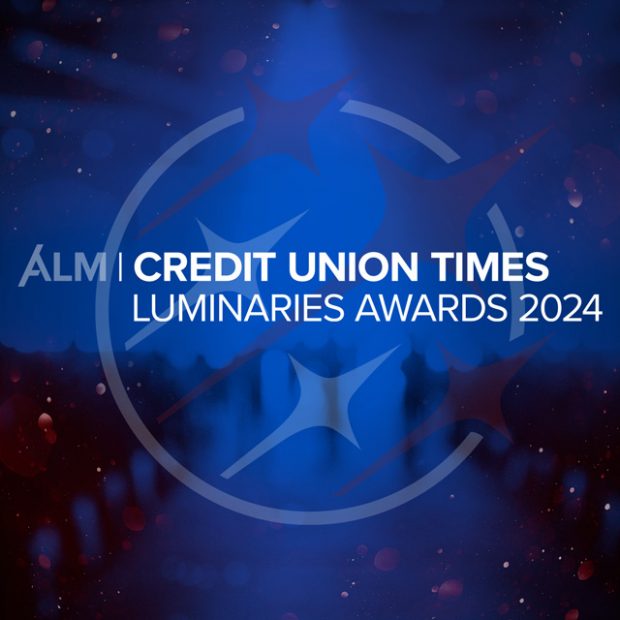 Source: Shutterstock.
Source: Shutterstock.
Over the course of June 2020, the core processor Symitar went from having exactly zero virtual core conversions on its resume to four. Its experiences may not only permanently change the way Symitar and other vendors approach core conversions in the future, but also facilitate a more streamlined and efficient process that doesn't rely as heavily on expense-heavy travel.
Still, virtual conversion success – at least upon the outset of the pandemic in March – was far from a sure thing. A core conversion, the process by which credit unions update the key systems used to process daily transactions such as ATM withdrawals or online and mobile banking, normally requires months of planning and onsite coordination for proper execution.
Recommended For You
But in the wake of the COVID-19 pandemic, credit unions such as SAFE Federal Credit Union (Sumter, S.C., $1.16 billion in assets) were forced to decide between taking that process virtual and postponing their core conversions indefinitely. SAFE was approaching a planned May start date for its mock conversion when it became clear that pandemic-related safety restrictions would not allow employees or leadership to collaborate with Symitar face-to-face. And time was of the essence.
Crunch Time
Once it became evident in March that social distancing guidelines would make executing a traditional onsite conversion untenable, SAFE indulged some brief talk of cancelling the project altogether that quickly evaporated. The credit union's pre-existing core had been in place since 1989 – not only was it facing waning vendor support, but the system was making it difficult for the credit union to forego manual processes in favor of the more contemporary features it was encountering with competitors.
 Wayne Keels
Wayne Keels However, given the strict travel restrictions in place, the decision to proceed became by default a decision to go virtual. "Essentially, I don't know if we even had a choice," Wayne Keels, SAFE's director of continuous improvement, said.
To be sure, SAFE certainly wasn't the only credit union faced with the choice of whether or not to take its core conversion digital following the COVID-19 outbreak. However, not all of its peers opted to take the same leap. Technology vendor Corelation previously told CU Times that a client originally scheduled to convert in April pushed its project back an additional 30 days to concentrate on the needs of staff. Another credit union elected to push its project back to late summer with an eye toward landing in a post-social distancing world.
SAFE's decision to proceed virtually represented something of a first for Symitar. While the vendor did have plans for a digital service option in place, a client had never chosen to go that route before. After some initial deliberations between the Symitar and SAFE teams in early March over the best way to proceed, a final consensus was reached.
 Shanon McLachlan
Shanon McLachlan "They talked together and started saying, 'What if?' Maybe instead of saying 'what if,' why don't we just plan it virtually?" Symitar President Shanon McLachlan asked.
Bridging the Digital Divide
There's nothing inherently dramatic about the technology that SAFE and Symitar deployed to help bridge the human contact gap throughout the credit union's core conversion. Per McLachlan, the two teams primarily relied on the same communication platforms that have helped many industries navigate social distancing restrictions, including Microsoft Teams, Webex and Zoom.
However, while the technology involved was straightforward, the plan itself had to be built to withstand the novelty of the circumstances involved. Neither SAFE nor Symitar had ever been involved with a remote conversion and accounting for the unexpected was crucial.
"Everything we did, we had a redundant plan for it and we had laid that out for everybody," McLachlan said. "What we started finding out was that these were conversations we needed to have during the planning process. [We had to ask,] 'Here's how we're redundant. On your side of things, how are you redundant, and can you be?'"
Sometimes the answer was "not very." SAFE created a specialized team of subject matter experts from departments such as accounting or lending, with each subsequent task assigned and calculated down to the minute. However, if one of those experts became unavailable due to COVID-19 or otherwise, Symitar would have to draw backup from within its own lineup of consultants.
Other preparations SAFE had made ahead of the conversion quickly crumbled when the reality of social distancing hit. The credit union originally constructed a new training room capable of holding at least 24 participants at a time. However, that group of trainees eventually had to be split in half for health and safety reasons.
 Kevin Thomas
Kevin Thomas "You almost have to double your training because you can only train so many at a time at that point," Kevin Thomas, SAFE's chief information officer, said.
Unexpected Dividends
Still, the changes that the pandemic and virtual conversion process brought to the traditional training schematic weren't all bad. McLachlan said online training sessions allowed Symitar to gain an entire day back that would have normally been wasted on traveling. Also, due to many of SAFE's branches or lobbies being closed due to COVID-19 restrictions, team members often had more time to devote to their remote coursework.
The digital format also helped those who were unable to attend a live training session. "A lot of what we did could then be recorded because you are running it through virtual Teams sessions. So we could record a lot of those training sessions and then use them as playback," McLachlan said.
Meanwhile, the travel costs SAFE saved on thanks to virtual training helped to defray the cost of scheduling "offline support" with a number of other outside vendors to accommodate any service interruptions spurred by the core conversion. Those kinds of ancillary benefits, along with the relative ease with which the project unfolded, made for a positive conversion experience.
"By the time we got to the goal line, we were stunned. We were anticipating a worst case [scenario] and more problems and we had so many contingency plans in place. It went so smoothly that we were sort of surprised," Keels said.
McLachlan made an equally rosy appraisal of the situation, crediting the unusual circumstances imposed by COVID-19 that forced both the credit union and vendor to try a new approach outside of the tried and true.
He said while the client in play will ultimately wind up calling the shots, he could foresee virtual training sessions and other staples of a virtual core conversion becoming a standard part of Symitar's offerings even once the pandemic is resolved.
"I think that we'll be able to offer them an option. We can do virtually, fully onsite or a hybrid of the two," McLachlan said.
© Touchpoint Markets, All Rights Reserved. Request academic re-use from www.copyright.com. All other uses, submit a request to [email protected]. For more inforrmation visit Asset & Logo Licensing.






